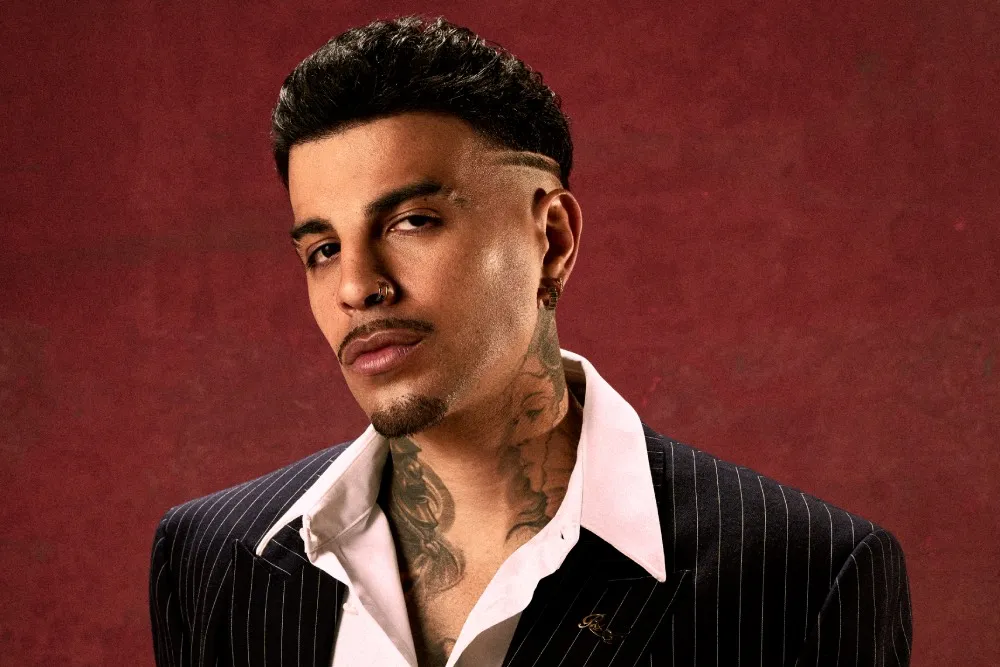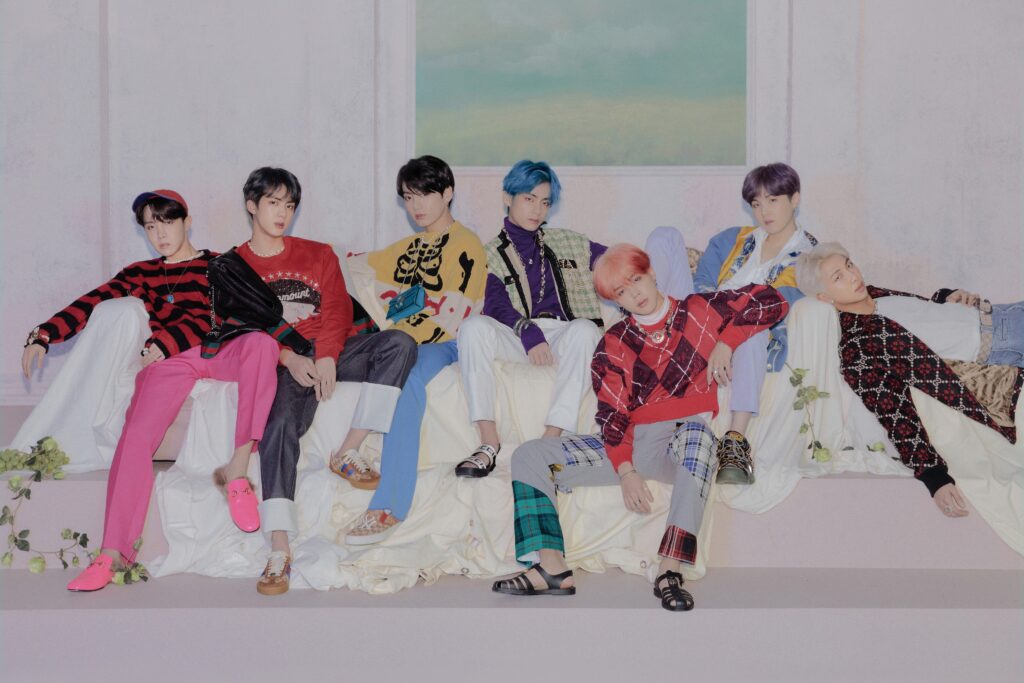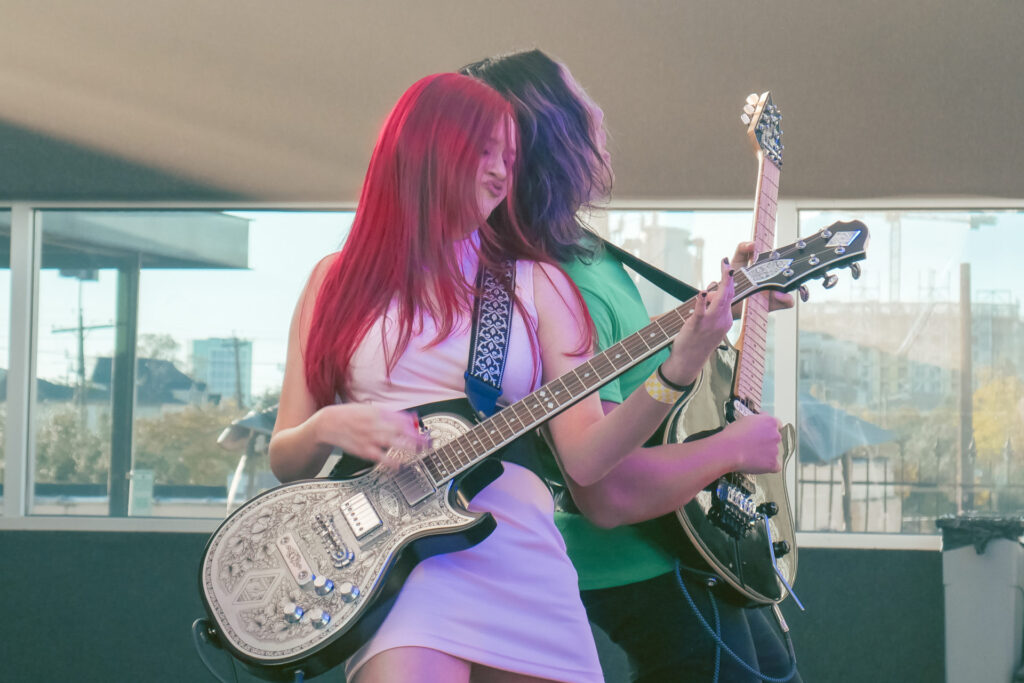KORA: The mysterious African harp
Written by Clint Nahi on November 7, 2021
The authenticity and variety of West African music draws its inspiration from ancient Mandinka culture. Mandinka people are a sub-ethnic group of the Mandes, an ethnic family who originated from the former Mali Empire (13th to 16th century). Nowadays, they are found in the regions of Senegal, Gambia, Guinea-Bissau, Mali, and Northern Ivory Coast.
The Mandinka have introduced historical music artifacts such as the djembe, the balafon, the ngoni and the shakers. But the most fascinating instrument of them all remains the kora. The kora represents the legacy of not only the Mandinka people but also the whole West African culture.
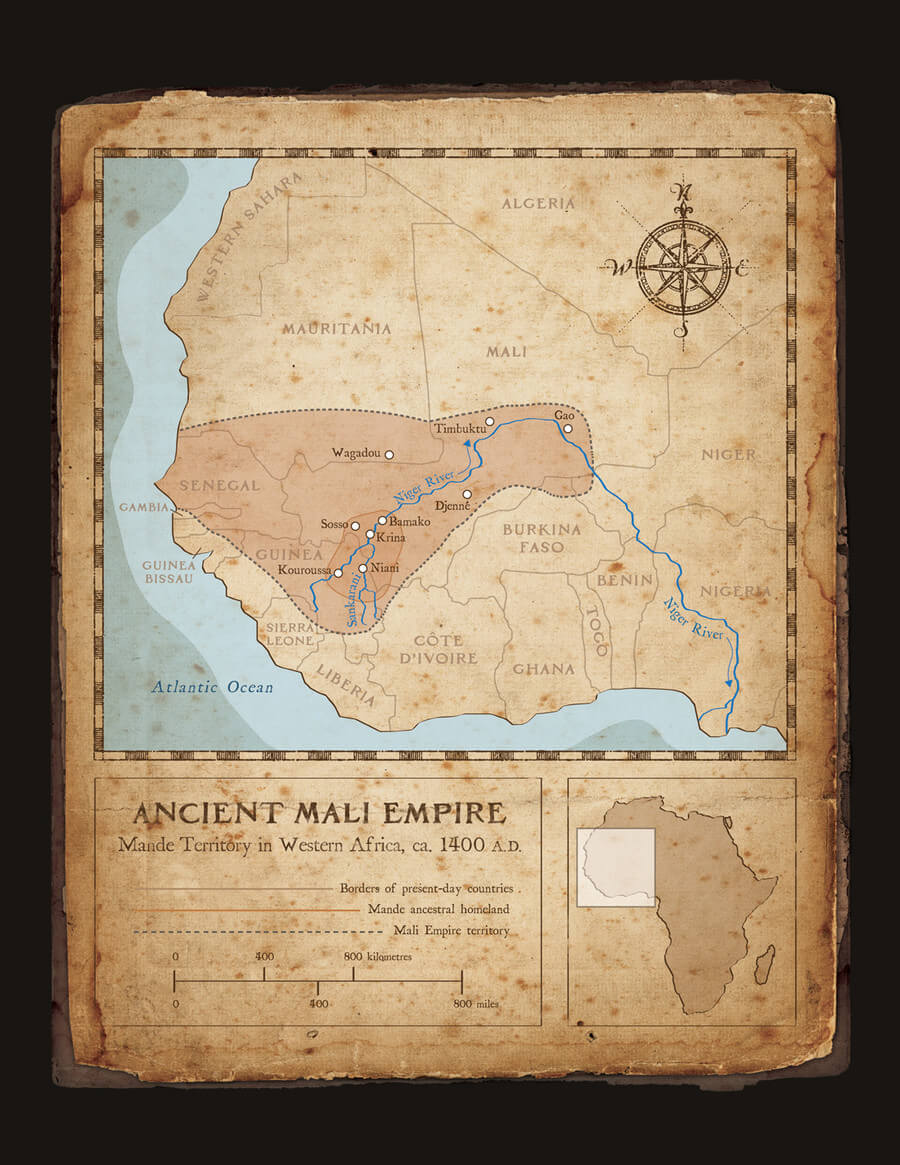
The History
The origins of the kora can be traced back to the former Mali Empire. Among various West African folklores, one tale insinuated that the first instrument belonged to a female djinn around the Gambia region during the reign of Soundjata Keita (Mali emperor, 13th century). Amazed by the harmonious sounds of the exquisite instrument, a warlord named Tiramaghan dispossessed it from the female genie. The instrument later ended in the hands of the first Jali or griot: Djelimaly Oulé Diabaté, a friend of the aforementioned warlord. Thus, Djelimaly Oulé Diabaté started the prestige lineage of Kora players.
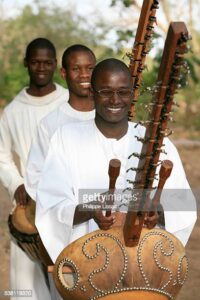
The role of the Jali is crucial in the Mandinka culture since they preserve family lineages, cultural tradition, and historical events. Jali are often multi-instrumentalists who orate the Mandinka tradition by playing instruments, primarily the kora. The Jali are rigorously taught the kora by memorizing and listening through the chords, a process which takes years of training.
Traditionally, the title of Jali (griot) and the bearing of the kora is a privilege only given to a few families. These families of kora players belong to a Jali caste in Mandinka society. In fact, some of the families who hold Jali last names include: The Sissoko (Mali region), the Diabatés (Mali Region), Jobarteh (Gambia region), Suso (Gambia region), Kouyatés. (Guinea), Cissokho (Senegal), and others.
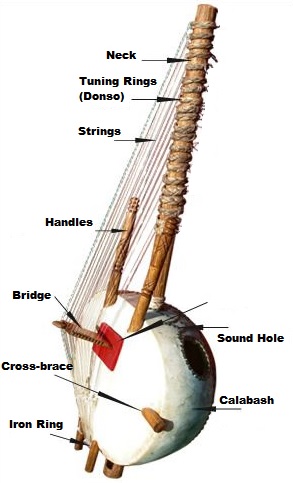
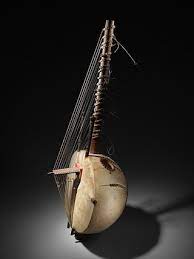
Kora Composition
The kora is a 21-string harp shaped instrument — the perfect blend between an acoustic guitar and a harp. The kora is made from a calabash cut in half and dried animal skin (goat, bush deer), and has 10 strings on the right and 11 on the left. It is primarily made in the Casamance region (southern Senegal).
To play the kora, instrumentalists use the thumb and index finger of both hands, plucking the strings in a polyrhythmic pattern. The music is usually played in G clef note набор кастрюль купить. Also, the kora has 4 distinct tunings from 4 different regions in West Africa (Mali, Senegal, Gambia, Guinea-Bissau). The sound can be described as flowing, soothing, reflective, and colorful.

Kora music and artist in Contemporary era
Kora instrumentalists have successfully been able to export their brand internationally by featuring in international festivals and collaborating with prominent artists; to name a few, Seckou Keita, Ballaké Sissoko, N’Faly Kouyate, Papa Susso сковорода купить, Sona Jobarteh or the great Toumani Diabaté have all been ambassadors of the Kora tradition globally.
Grammy award winning Toumani Diabaté is from the high profiled griot family, the Diabatés, with family members Sidiki Diabaté (father), Sona Jorbateh (cousin), and Sidiki Diabaté (son). His father, Sidiki Diabaté, was considered the master of kora during his tenure пледи покривала. Toumani is representing the 71st generation of kora players from his lineage. He has collaborated with prestigious artists such as Damian Marley, Bjork, Yo-yo Ma, and Tiken jah Fakoly.

Gambian-British born artist Sona Jobarteh is the first female Kora instrumentalist emerging from the 5 main griot families. She rose to prominence with her hit singles ‘Gambia” and ” Jarabi”. Sona has played at the Hollywood Bowl дропшипінг постачальники and scored for the award-winning documentary Motherland with her song “Saya”.
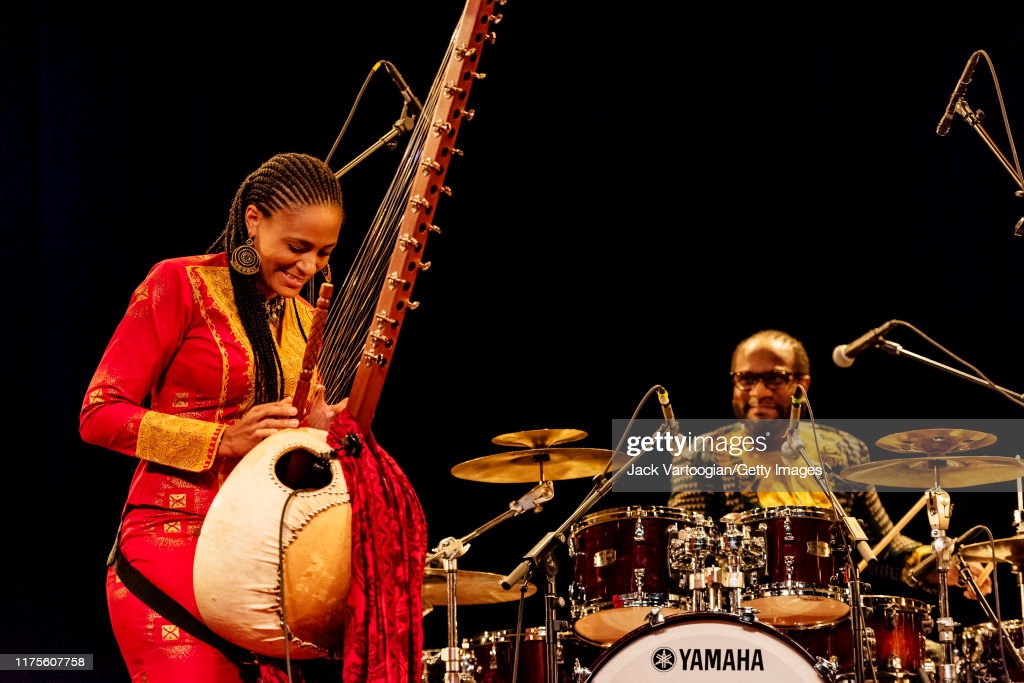
In the end, kora’s primary role is rooted in symbolism and traditions, rather than just music купити постільну білизну. Nowadays, kora musicians can be found at weddings , birth celebrations and funerals.
Below is a playlist that will introduce you to the Kora genre:
https://music.apple.com/library/playlist/p.mmRl7vDcgOvBzP?ign-itscg=10000&ign-itsct=402x
